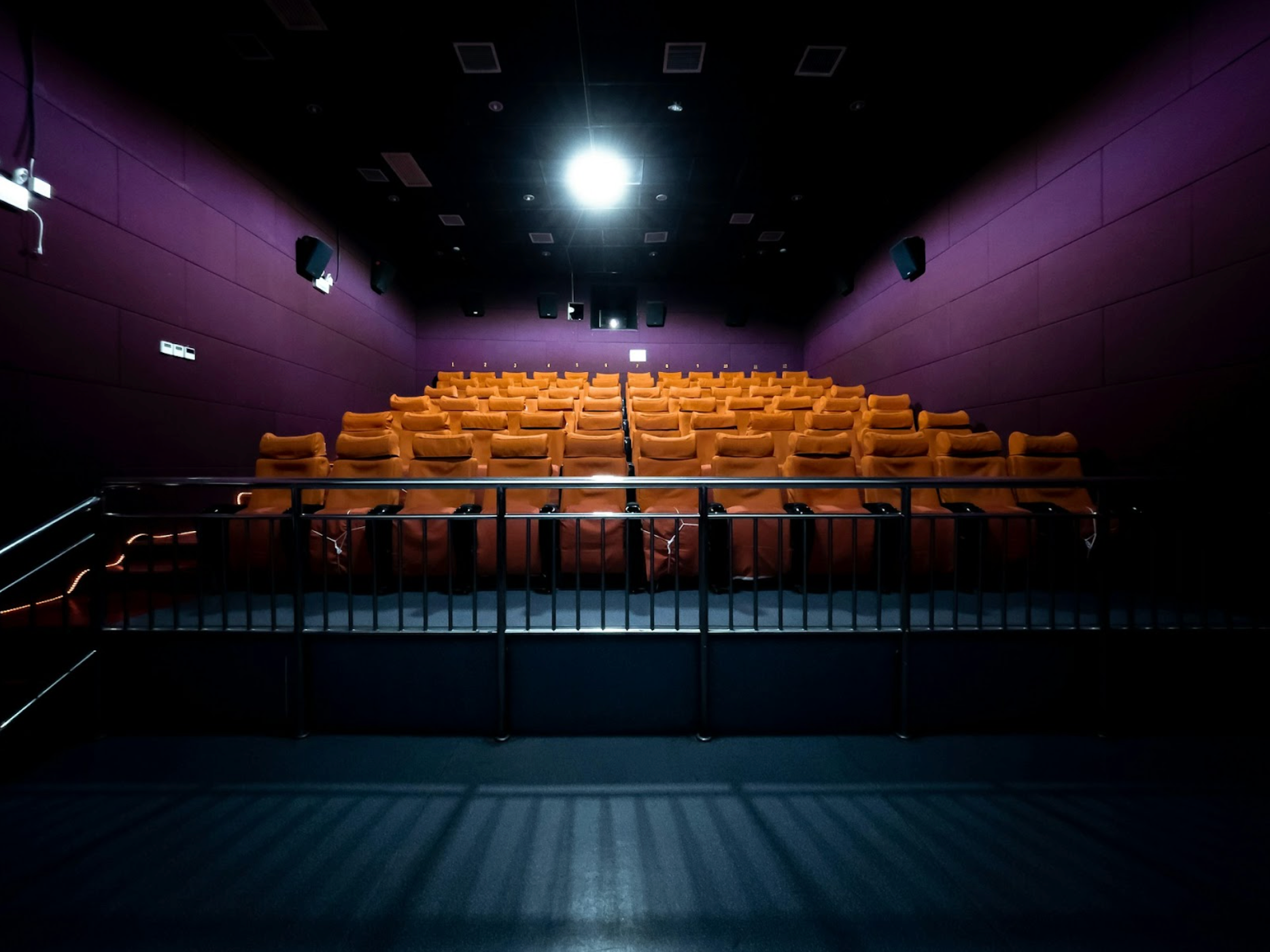Commercial Audio Wiring for Clear, Reliable Sound Across Spaces

When thinking about delivering a high-quality audio experience in commercial environments, never overlook the role cabling plays. Whether it's a retail store broadcasting background music, a restaurant relying on paging systems, or a conference room facilitating critical meetings, audio clarity matters. That clarity comes from speakers or amps, but it all starts with the cable. Many depend on commercial audio wiring to move sound seamlessly across spaces, large and small.
What Makes Commercial Audio Wiring Different?
Commercial audio wiring carries more than sound. It supports an environment’s energy, rhythm, and functionality. Unlike generic wire types, commercial-grade cabling is specifically built for environments where interruptions, dropouts, or interference can hurt business operations. We pay attention to conductor materials, shielding, insulation, and cable jacket performance.
Reliable audio cabling starts with the right conductors. High-quality copper conductors transmit signals more effectively, reducing loss and distortion. Add shielding, and you begin to prevent outside noise from sneaking in. That’s especially important in environments where power lines, lighting systems, and other electronics can obstruct signal integrity.
Low-interference cabling often features foil or braided shielding to contain the signal within and block electromagnetic interference (EMI) from outside. These cables typically include twisted pairs that cancel out electrical noise while maintaining strong, balanced signal transmission over distance. If you're designing for performance, these physical qualities matter most.
Shielding: The Unsung Hero of Audio Integrity
In business environments, shielding can significantly impact the quality of audio. Systems fail to deliver a clear signal because they use unshielded wire in a crowded rack space or walls filled with other cables. Commercial systems often sit near HVAC systems, control panels, or fluorescent lights, generating EMI. That’s where shielded data cables come in.
Foil shielding surrounds individual or grouped conductors and reflects EMI before it can distort the signal. Braided shields offer better coverage and durability, especially in installations that require repeated movement or greater flexibility. Combining both types yields excellent results in demanding applications.
This type of construction isn’t about overengineering. It’s about building a path where your audio signal can travel without interruption. When we recommend low-interference cabling, we’re thinking about clean signal flow, minimal crosstalk, and consistent sound reproduction—that’s what businesses expect when they power up their systems.
Matching Cable Performance to the Space
No two commercial environments are the same, making cable selection all the more critical. In a restaurant, you may need cables that can withstand high humidity and thermal fluctuations. In a retail store, flexibility and length may be the priority. Conference centers might focus on minimizing drop-offs across large distances. In each case, the right audio wiring for businesses depends on shielding, jacketing, and conductor quality.
Commercial audio wiring may come with jackets designed to resist temperature extremes, chemicals, or abrasion. Some also include color-coded conductors for better identification during setup or servicing. These small features add up to reduce headaches over time. Durable outer jackets also help protect the cable from crushing or damage when pulled through conduit or routed around tight corners.
We’ve helped teams choose AV wiring solutions that meet all kinds of durability and signal specs. The key is to look for product characteristics (not just price or availability) that match your environment’s demands.
Consistency and Clarity Across the Network
Signal consistency is everything in business audio systems. You might have the best speakers and processors on the market, but the system suffers if your cable introduces resistance, interference, or loss. That’s why we talk about clear sound solutions regarding decibel levels, frequency response, and physical signal reliability.
When cabling isn’t up to the task, you hear it. Audio dropouts, hums, buzzing, and uneven coverage often result from mismatched or degraded wiring. Over long distances, poor-quality cables can introduce even more resistance or loss, especially if they lack proper shielding or conductor performance.
Reliable audio cabling for commercial systems should maintain low capacitance and strong signal integrity over the distances your environment requires. It should also provide physical flexibility and strength to hold up over time. When the wiring works, the audio just sounds better. That’s true whether you deliver music in a restaurant or dialogue in a boardroom.
Built for Commercial Audio Performance
Our team provides audio wiring options engineered for real-world business demands. We focus on providing access to quality-tested, performance-driven cable types for AV systems across industries. We want to help source the right cable for demanding commercial audio setups.
We stock a wide range of cables with low-capacitance designs, tight tolerances, and shielded configurations that minimize the risk of EMI and signal loss. From plenum-rated wiring to jacketed multi-conductor options, our inventory supports audio systems in retail stores, public venues, restaurants, and business campuses.
If you're looking for commercial-grade audio cabling, check out our AV cable lineup. Each option we carry supports the durability, clarity, and signal consistency your audio system needs.
Great Sound Starts with the Right Cable
Commercial spaces rely on clear, uninterrupted sound, from ambiance to communication. The cable behind the walls or in the ceiling rack plays a critical role in consistently delivering that sound. Focusing on the right shielding, conductor materials, and jacket properties sets the foundation for a system that performs when it matters most.
High-quality audio wiring for businesses starts with materials that match your technical needs. We’re here to help you navigate those options and deliver commercial audio wiring built for clarity, consistency, and long-term value. Explore our AV products or contact us to speak with a team member about your next project.